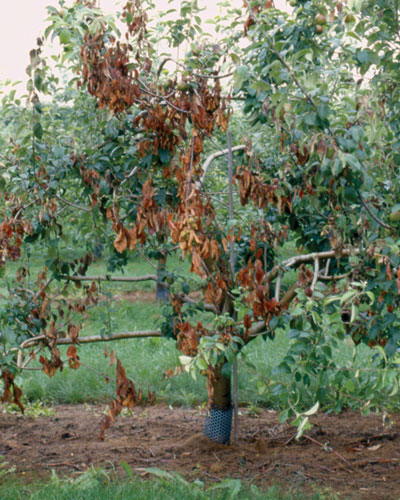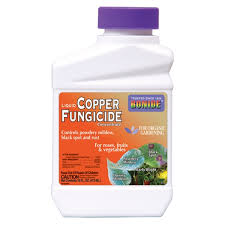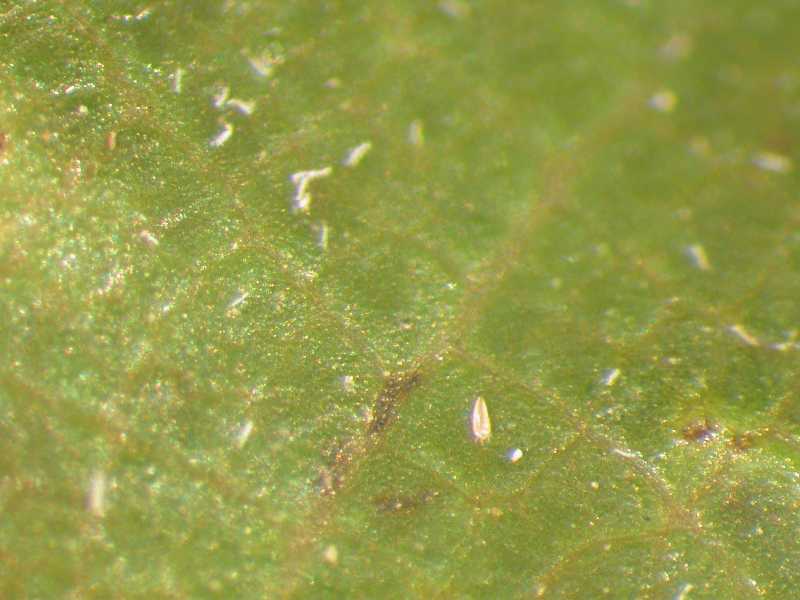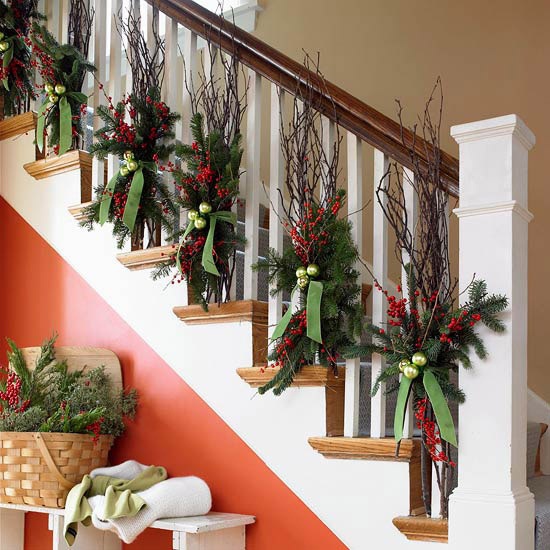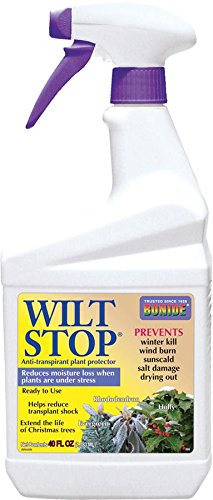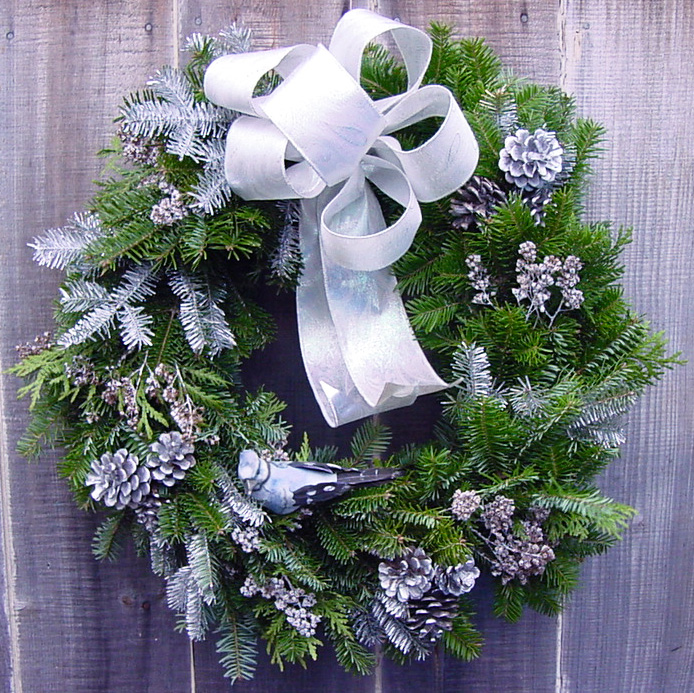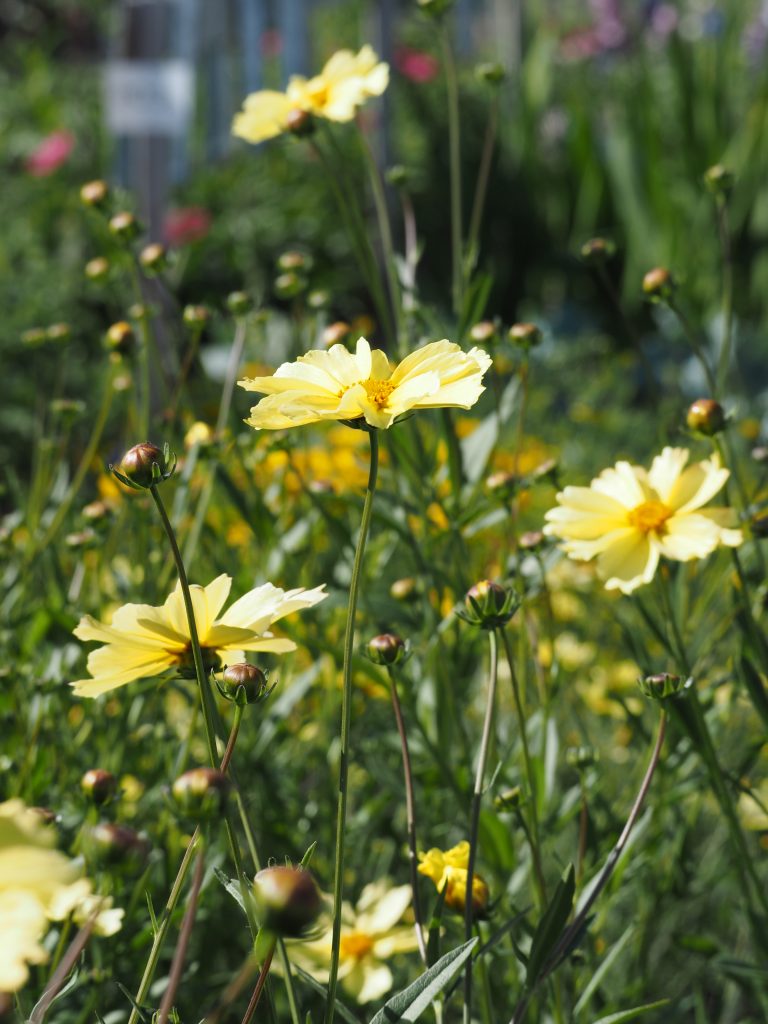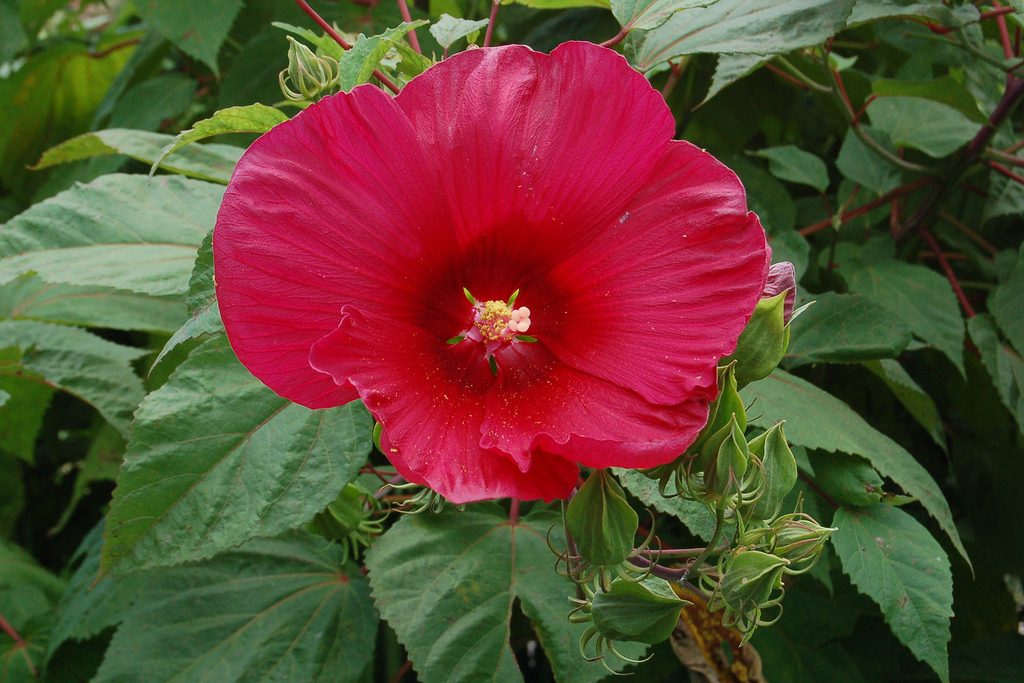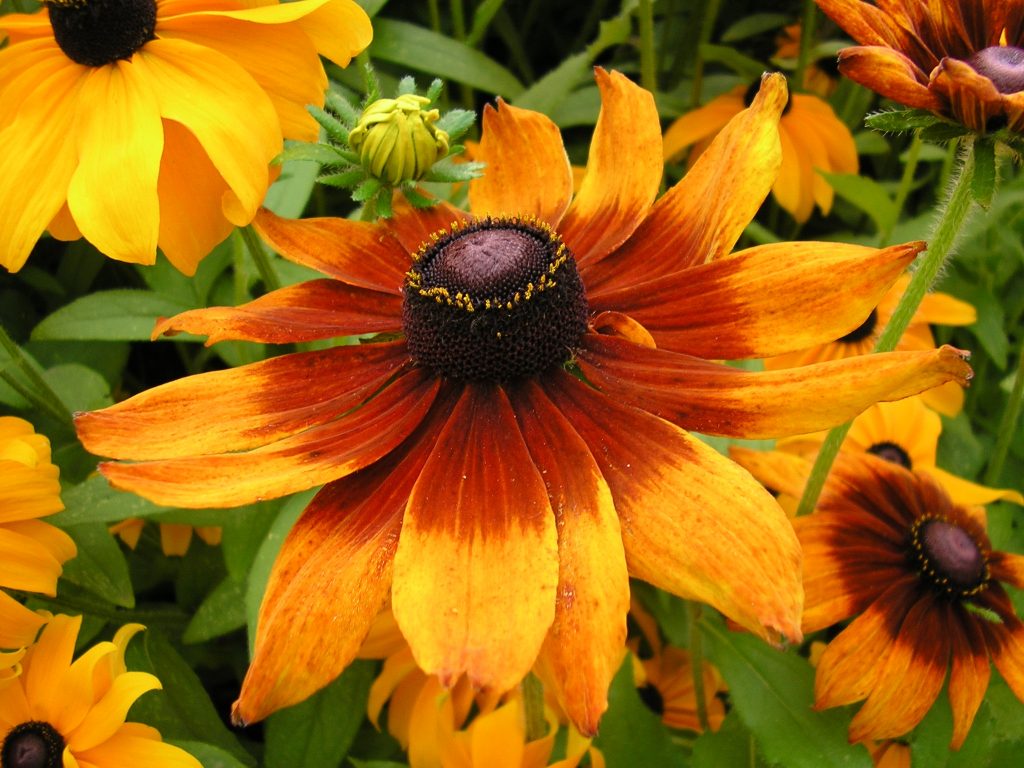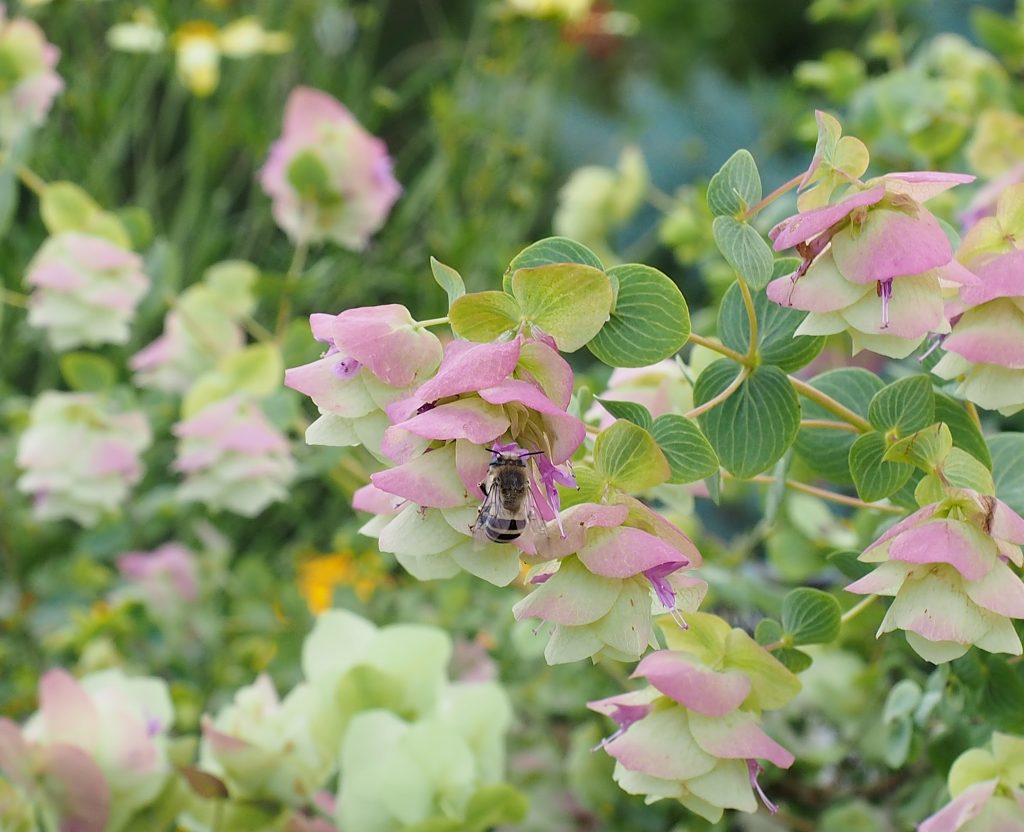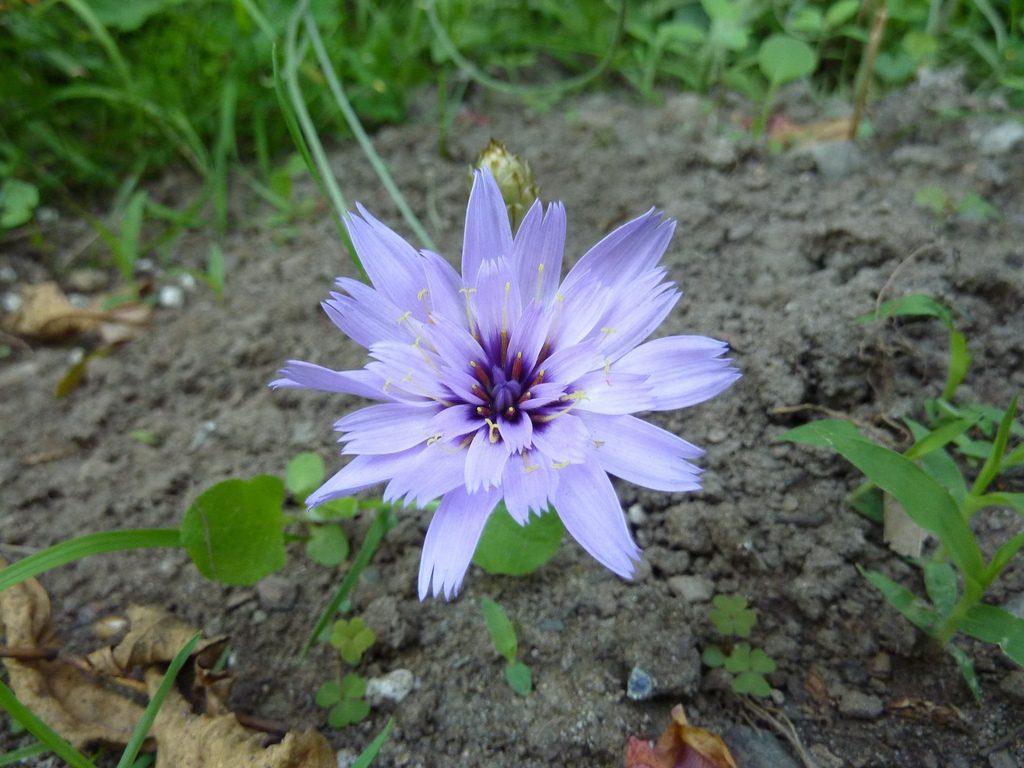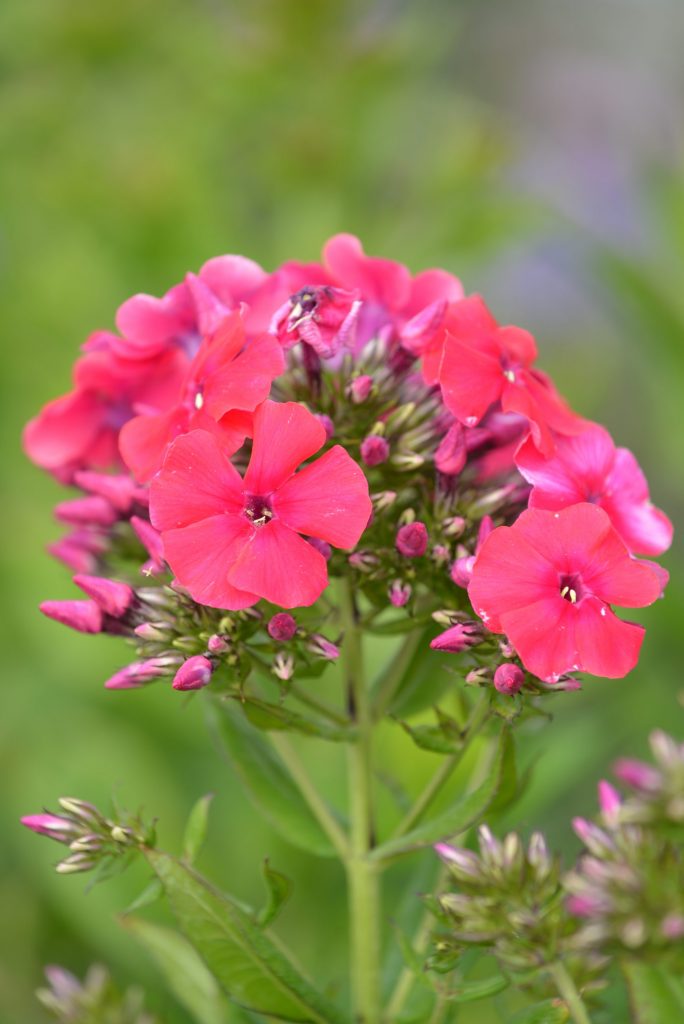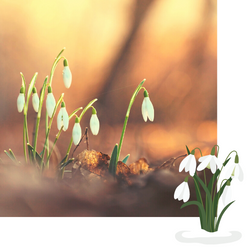
“A light exists in spring, not present in the year, at any other period, when March is scarcely here.”
~ Emily Dickinson
Echter’s Plant Doctors are available during store hours seven days a week to answer your gardening questions. For accurate diagnosis, it helps to bring in a sample.
Flower Gardens
Plant begonias, dahlias and cannas in pots inside to give them a head start. Leave them inside until mid-May. You will have flowers much earlier.
Plant sweet pea seeds now, using an inoculant for better germination and flowering.
Perennials, Roses, and Vines
Lift and divide crowded perennials late this month if new growth is evident. Proper soil preparation is essential for good growth after replanting.
Lily bulbs can be planted outdoors as soon as the ground can be worked for blooms in late June through September.
Cut back old stalks from your perennials, so you can enjoy the new foliage and flowers. Cut back ornamental grasses as low as possible so the old foliage won’t detract from the new growth.
Trees and Shrubs
Early March is the best time to prune deciduous trees and shrubs. You can see the branching structure. (Some exceptions are birch, maple, walnut, and elm. These should be pruned mid-summer.) Remove dead, dying, or unsightly parts of the tree. Remove branches that are crossed against each other. Use a pole pruner to reach branches up to about 15′ off the ground. Pruning paints and wound dressings are NOT recommended on the pruning cuts.
Prune fruit trees before they leaf out. There is less danger of spreading disease. Pruning assures good air circulation for better fruit production. Examine apple, pear, hawthorn, crabapple trees and cotoneasters for evidence of fire blight. The leaves remain on the branches and the branches will look scorched. Prune out infected branches and sterilize your pruners, loppers or saws between every cut. While these plants are in flower prevent this disease by spraying Ferti-lome Fire Blight Spray.
Prune new shrubs and trees very little for the first two years. Your plants need to establish a good root zone, and the more top growth (leaves and branches) the plant has the more the plant can produce its own food to grow. Look for these three things when pruning – dead branches, broken branches and branches that cross over and rub on others.
If your lilacs, honeysuckle or any other shrubs are really overgrown, prune out two or three of the oldest, largest stems using a lopper or a pruning saw. This will rejuvenate these plants.
Trees, shrubs, vines and roses have deeper root systems and should be watered for a longer period of time and less frequently than shallower rooted plants such as perennials and annuals. Do not water if the ground is frozen.
Suffocate overwintering insects, like aphids, spider mites and scale on trees and shrubs by spraying dormant oil.
Don’t be in a hurry to remove the mulch around roses and in perennial beds. We could still have some harsh weather.
Vegetable Gardens
Remember to rotate your vegetable crops each year. Plant each variety of vegetable in a different part of your garden than you did last year
Plant spinach, peas, Swiss chard, radishes, turnips, parsnips, carrots, kale, lettuce, leeks, rutabaga, onion seed and sets, bare root strawberries, asparagus, and potatoes directly into the garden if soil temperature is at least 40 degrees
Now is the time to start broccoli, Brussels sprouts, cauliflower, kohlrabi, onion, alyssum, lobelia and pansy and geranium seeds inside for planting out later in the spring. Start tomatoes and peppers inside now to be planted out in late May.
When starting flower and vegetable seeds indoors, use clean new containers and a good seed-starting mix in order to prevent disease problems.
Give asparagus beds a good layer of compost or cow manure. You will have much larger and better production.
Prune out raspberry canes which produced fruit last year. (They will have a papery gray bark and traces of where the fruit attached.) Leave the canes which didn’t bear for this year’s crop.
If you saved seeds from previous years, plant a few seeds in small pots. Label and test to see if they will sprout.
Plan to grow one new vegetable you haven’t tried before. It will create renewed interest in your garden, and you might find a new favorite.
Rototill or turn over your gardens when the soil is fairly dry. Add organic matter like Canadian sphagnum peat moss and/or compost to your gardens before rototilling.
Although earthworms can be a nuisance for some, they are of great value in keeping soil aerated. Earthworms take organic matter from the surface and drag it down into the soil, thus making them great little composters.
Lawns
Core aerate your lawn before you fertilize in the middle of April. This helps to promote deep root growth by providing oxygen and moisture to the roots. You can leave the plugs on the lawn as they will compost back into the soil.
Overseeding a thin lawn can begin as March warms up. Rake areas to be seeded to expose the soil. Seed these areas with a good quality grass seed and keep moist until well germinated.
We do not normally recommend power raking, but hand thatching is very beneficial for the lawn. It allows good air circulation and can prevent many diseases of the grass.
If you had disease problems in your lawn last year, apply Ferti-lome F-Stop when grass greens up as a preventive measure.
Once snow has melted off your lawn, check the turf in shaded areas for snow mold, a fungus that is white to pink in color and grows on the surface of the grass blades. If you see snow mold, lightly rake the affected areas and dispose of the debris. Exposure to light and air will normally dissipate the snow mold. The grass will grow out from the crown of the plant as spring progresses. If the turf becomes patchy, you can overseed the area. There is no effective chemical control.
Indoor Plants
March is a great time to transplant houseplants into the next-sized larger pot. Use a good well-drained houseplant potting mix.
Prune back leggy houseplants now before the spring flush of growth.
As days grow longer, houseplants resume active growth and benefit from applications of fertilizer like Jack’s Classic Houseplant Special.
Start an indoor herb garden. Plant several kinds of herbs together in a pot, or grow them individually in small pots. Chives, marjoram, mint, oregano, parsley, sage, tarragon and thyme are good choices for a sunny kitchen windowsill. Snip and use herbs during their indoor stay. In spring set the pots outdoors or transplant them into your garden.
Birds
You can help birds with their nests by providing a mesh bag near bird activity areas outside, filled with pieces of thread, string, yarn or lint from your dryer. Also leave small piles of twigs to help them in their nesting process. Remember to clean out and sterilize last year’s houses.
Put up birdhouses this month in preparation for new arrivals this spring. Birds are very specific about the size of the entry hole. Be sure you have the right-sized entry hole for the birds you want to attract.
Put up a woodpecker house under the eaves or near your home. This may deter other flickers from beating on your house. Woodpeckers and flickers are territorial and will keep others away.
Miscellaneous
Now’s a great time to inspect your old patio furniture and replace it if necessary. Special orders placed now will usually arrive in time for the outdoor season.
Make sure your tools are clean and sharpened. For a nominal fee Echter’s will sharpen your pruners, shovels, hoes, hedge and grass clippers.
Bring smaller twigs of crabapple, cherry, forsythia, quince and pussy willow into the house. Place them in a vase of water and you will have spring flowers in a few days.
Has your compost pile stopped “cooking”? Reactivate the microbes this month with a prepared compost maker product and get that decomposition started again.
Clean leaves and debris from your gutters for more efficient water runoff from your roof.

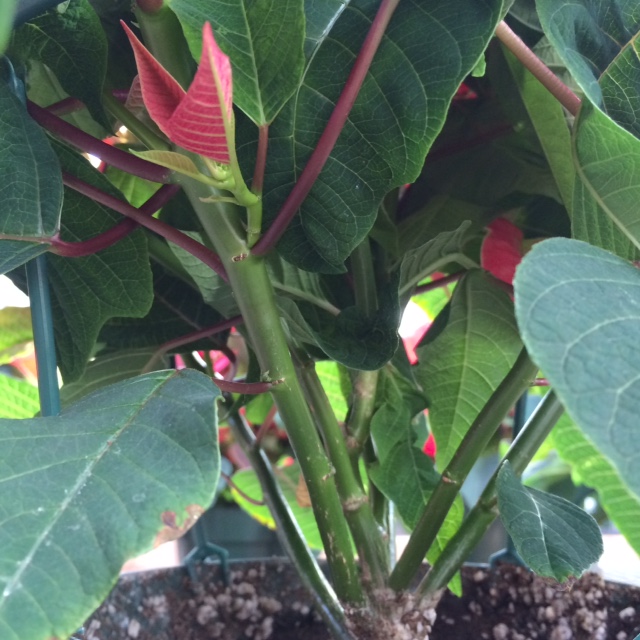


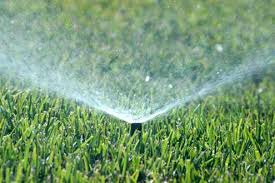

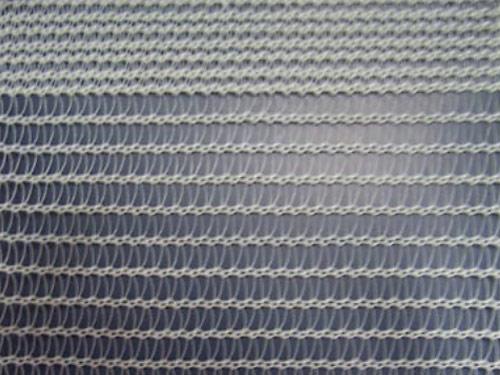

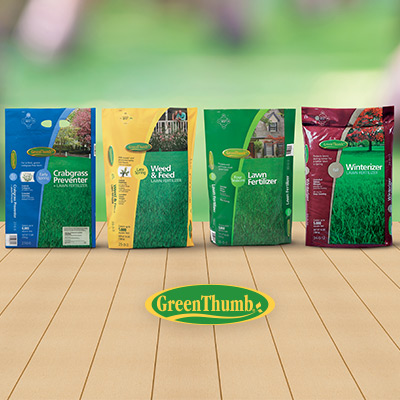
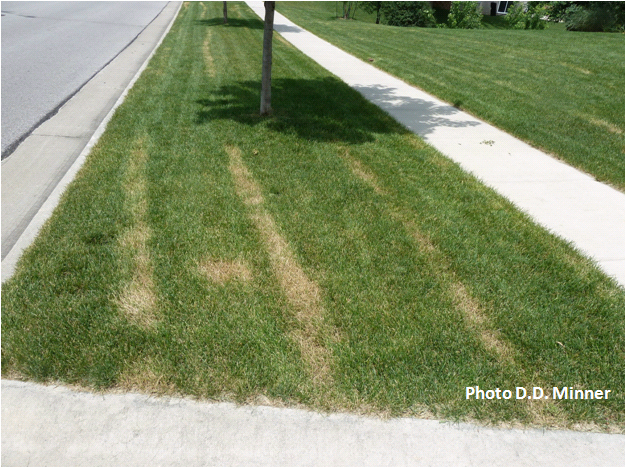
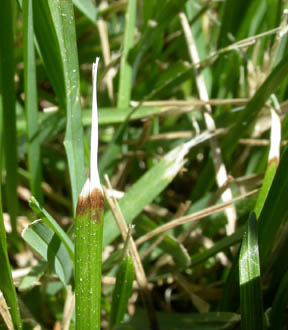
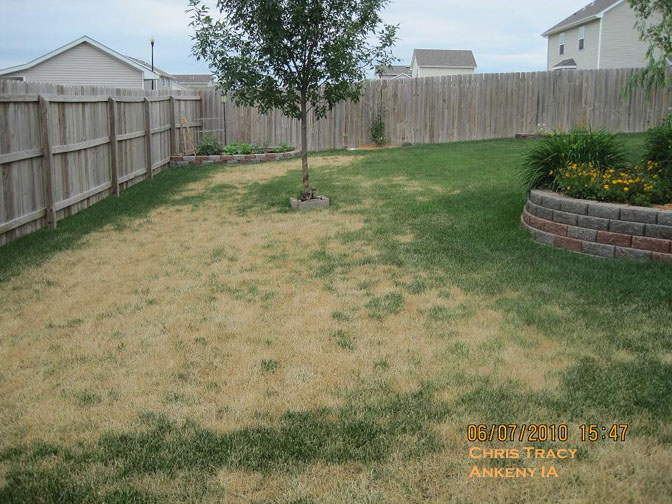

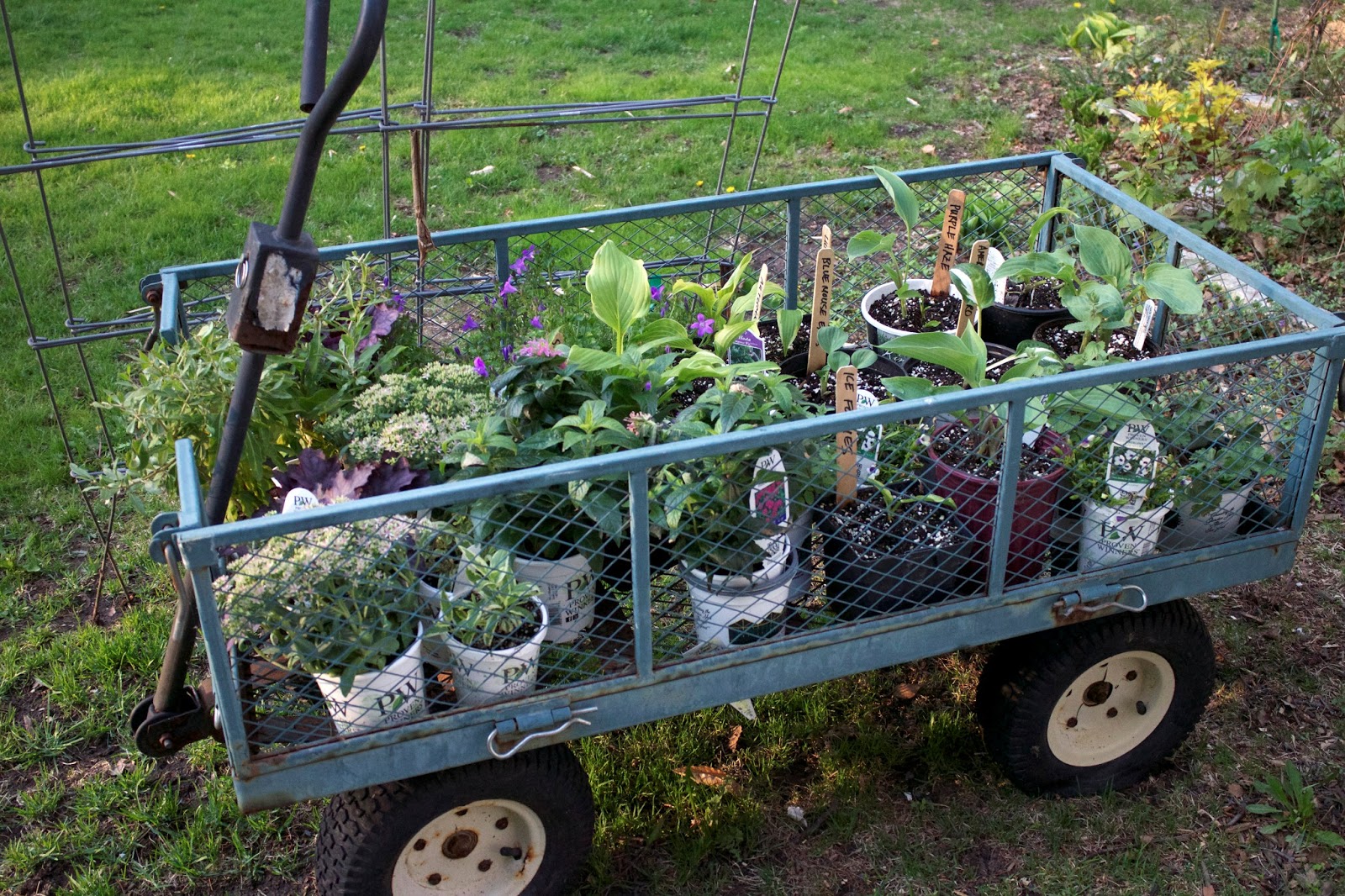
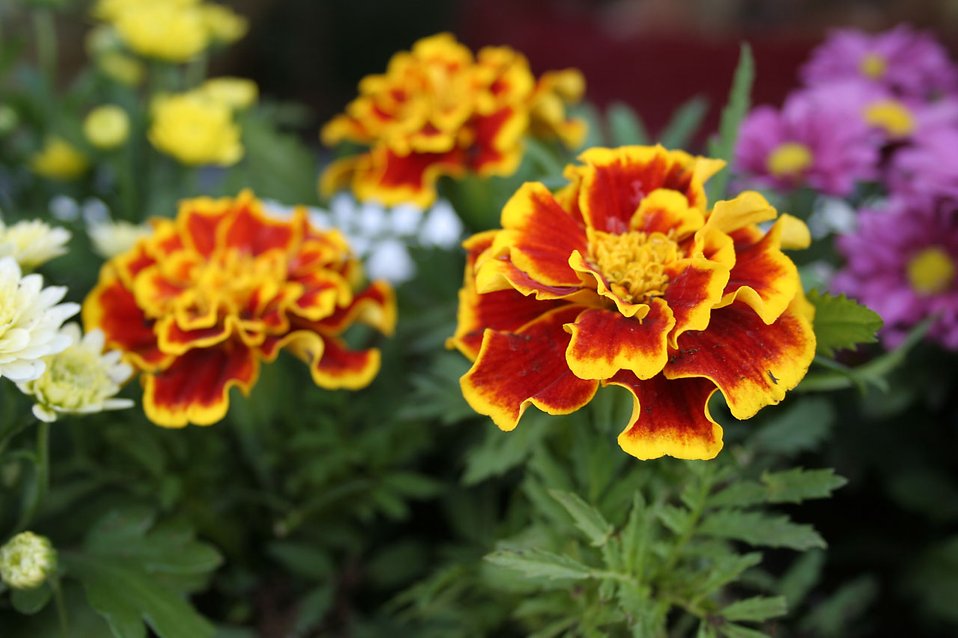
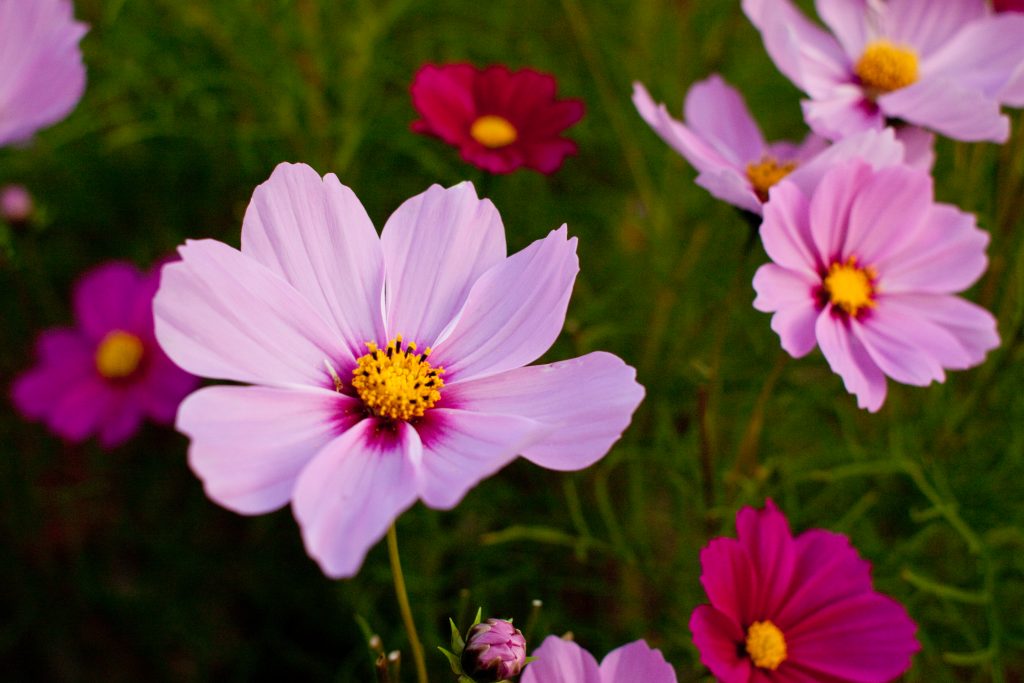
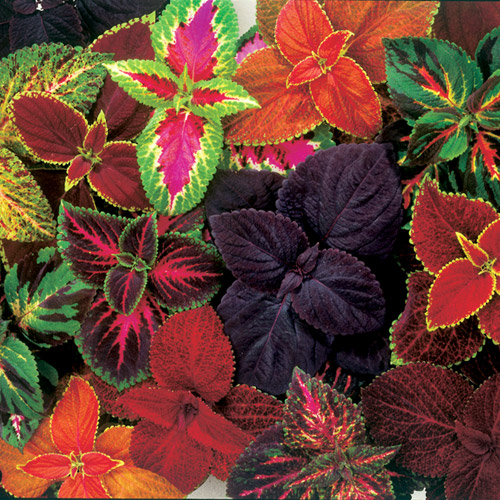
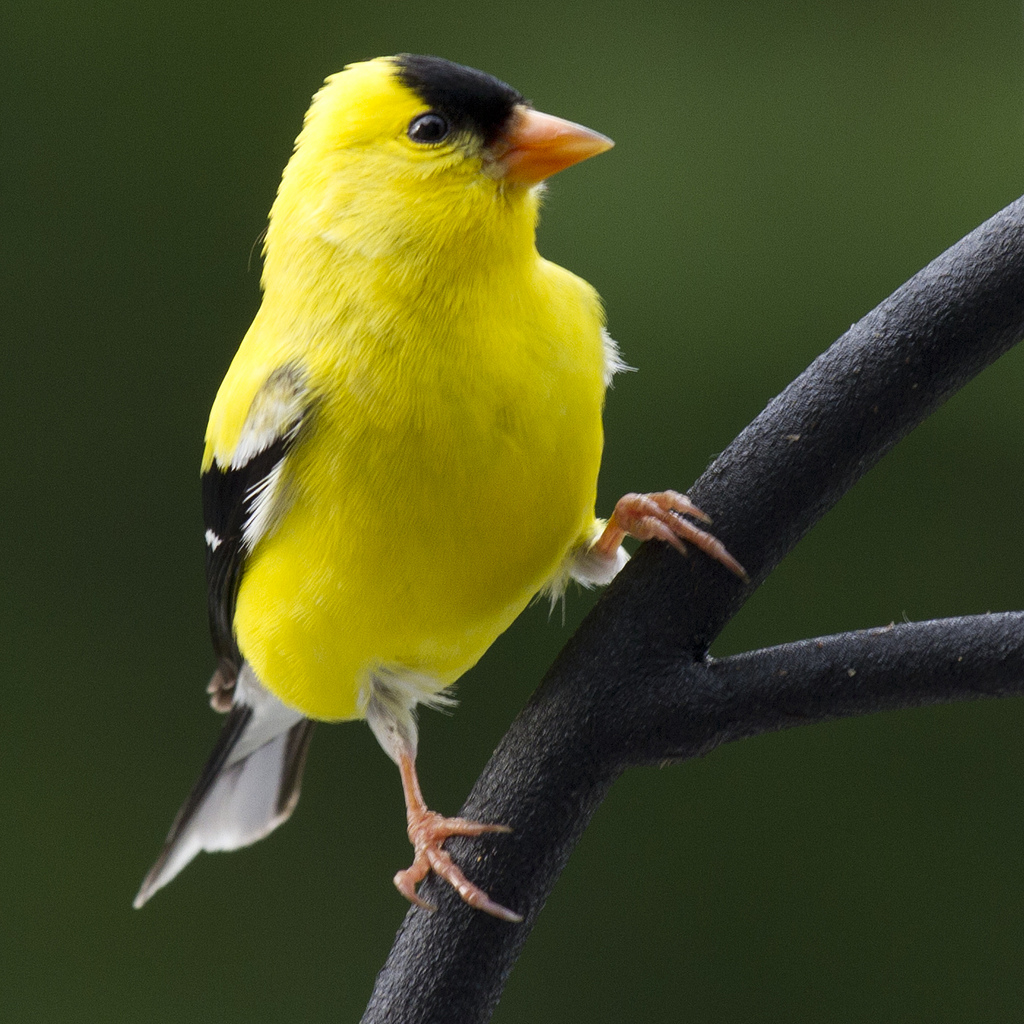
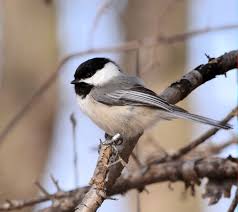
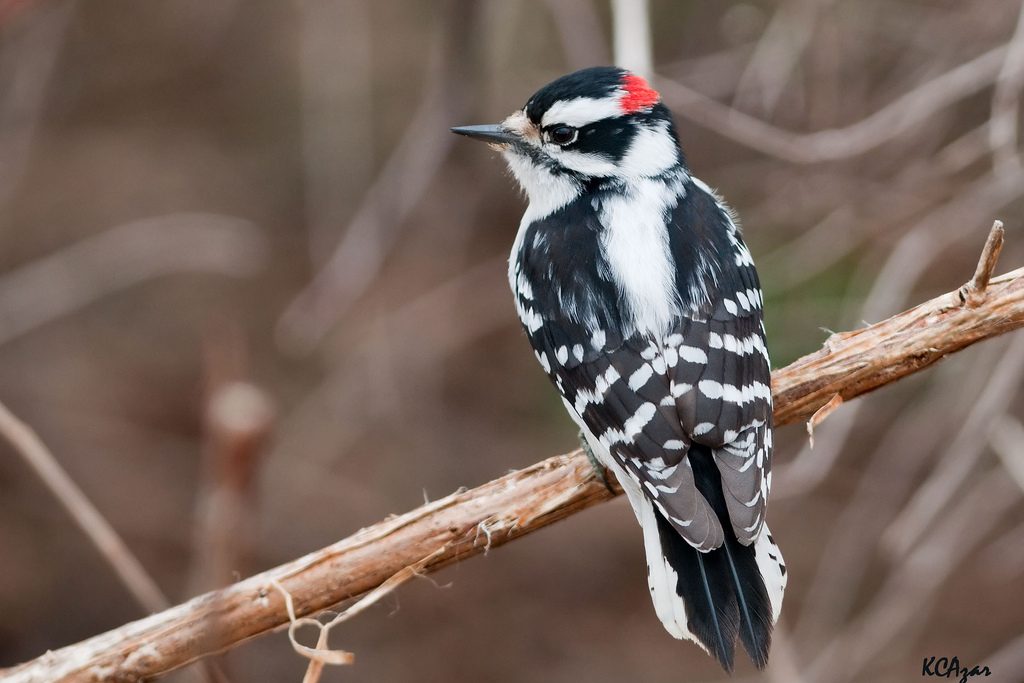
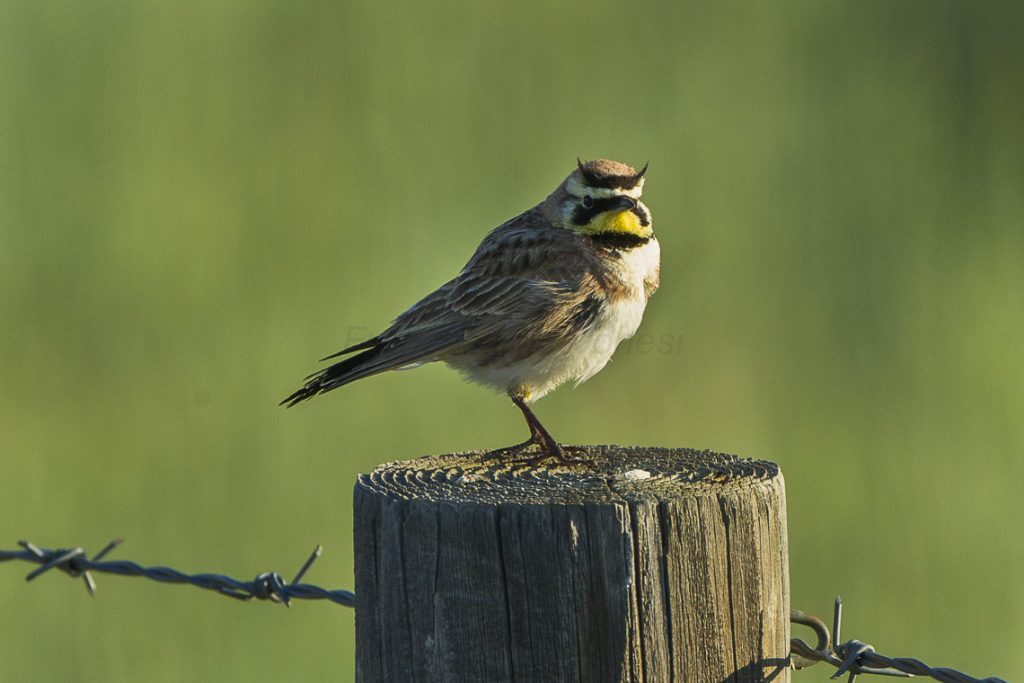
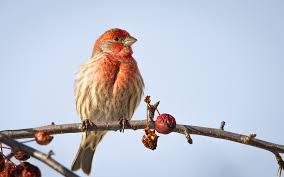 .
.